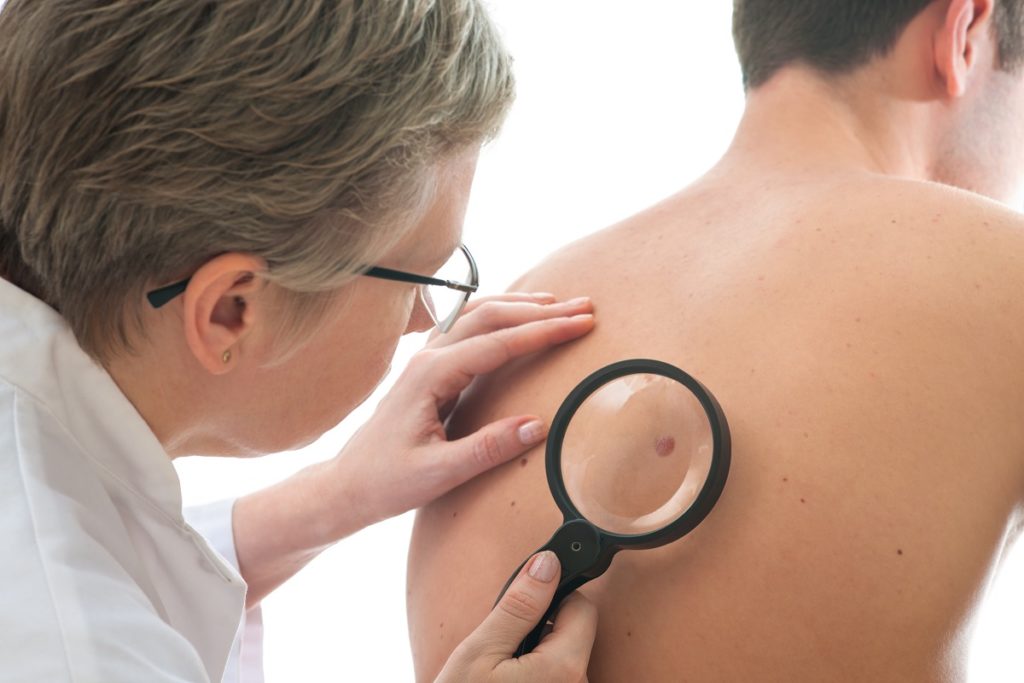When you notice a suspicious mole growing on your skin, you can either ignore it or have it checked by a dermatologist. Depending on the doctor’s analysis, you may be required to undergo a biopsy.
A skin biopsy is a procedure used to diagnose, treat, or rule out certain medical conditions. The process involves removing cells or cutting skin samples using a punch biopsy instrument, a medical-grade razor, a scalpel, or other medical devices.
There are several types of skin biopsy, such as shave, punch, excisional and incisional. The procedure depends on the size and state of the patient’s lesion. A superficial shave biopsy does not usually require stitches, but the other procedures may require sutures or sterile strips to close the wound. Before a biopsy, a doctor may numb the skin using local anaesthesia.
Conditions That May Require a Biopsy
In most cases, direct observation or palpation may be enough to diagnose a pathological skin condition. However, histological and microscopic tests may be required for suspicious lesions or inflamed skin. Below are among the many skin conditions that might require a biopsy:
Actinic Keratosis
Actinic keratosis (AK) appear as small dry, scaly patches that come in red, dark tan, flesh-tone, or a combination of colours. Also known as solar keratosis, it is often a result of long-term exposure to ultraviolet radiation. According to the Skin Cancer Foundation, 58 million Americans have one or more AKs. It is the most common precancer disease, with 5-10% of AKs turning into skin cancer.
Inflammatory Skin Conditions
Dermatitis, psoriasis, and eczema are among the many types of inflammatory skin conditions. The most common symptoms are itchiness, flaky skin, redness, and pain. According to Harvard, 7.5 million people have psoriasis while another 7.5 million Americans alone have atopic dermatitis, the most common form of eczema.
Skin Cancers
The Mayo Clinic describes skin cancer as the abnormal growth of skin cells. There are three major types of this disease: basal cell carcinoma, squamous cell carcinoma, and melanoma. Although it usually develops on skin exposed to the sun, it can also occur in unexposed areas.
Atypical Moles or Other Unusual Growths

Atypical moles, also known as dysplastic nevi, are suspicious-looking moles that increase the risk of melanoma. People with ten or more atypical moles have 12 times the risk of developing melanoma, according to the Skin Cancer Foundation.
Blistering Skin Disorders
Blistering skin disorders, such as bullous pemphigoid, are rare conditions that cause large, fluid-filled blisters on the surface of the skin. They usually appear on parts of the body that flex, like the upper thighs, armpits, and lower abdomen. These disorders often occur when the immune system attacks a thin tissue layer below the skin’s outer layer.
While most blistering disorders often go away on their own, they may take up to five years to disappear. On the other hand, some forms may be life-threatening, especially if a person is already in poor health.
If you notice unusual growths, reddening, itchiness, flaking, or blistering on your skin, you must see a dermatologist immediately and check whether you need to undergo a skin biopsy. Although the procedure is considered low-risk and generally safe, be sure to come prepared before coming to the facility and follow standard medical protocols when you go home.
